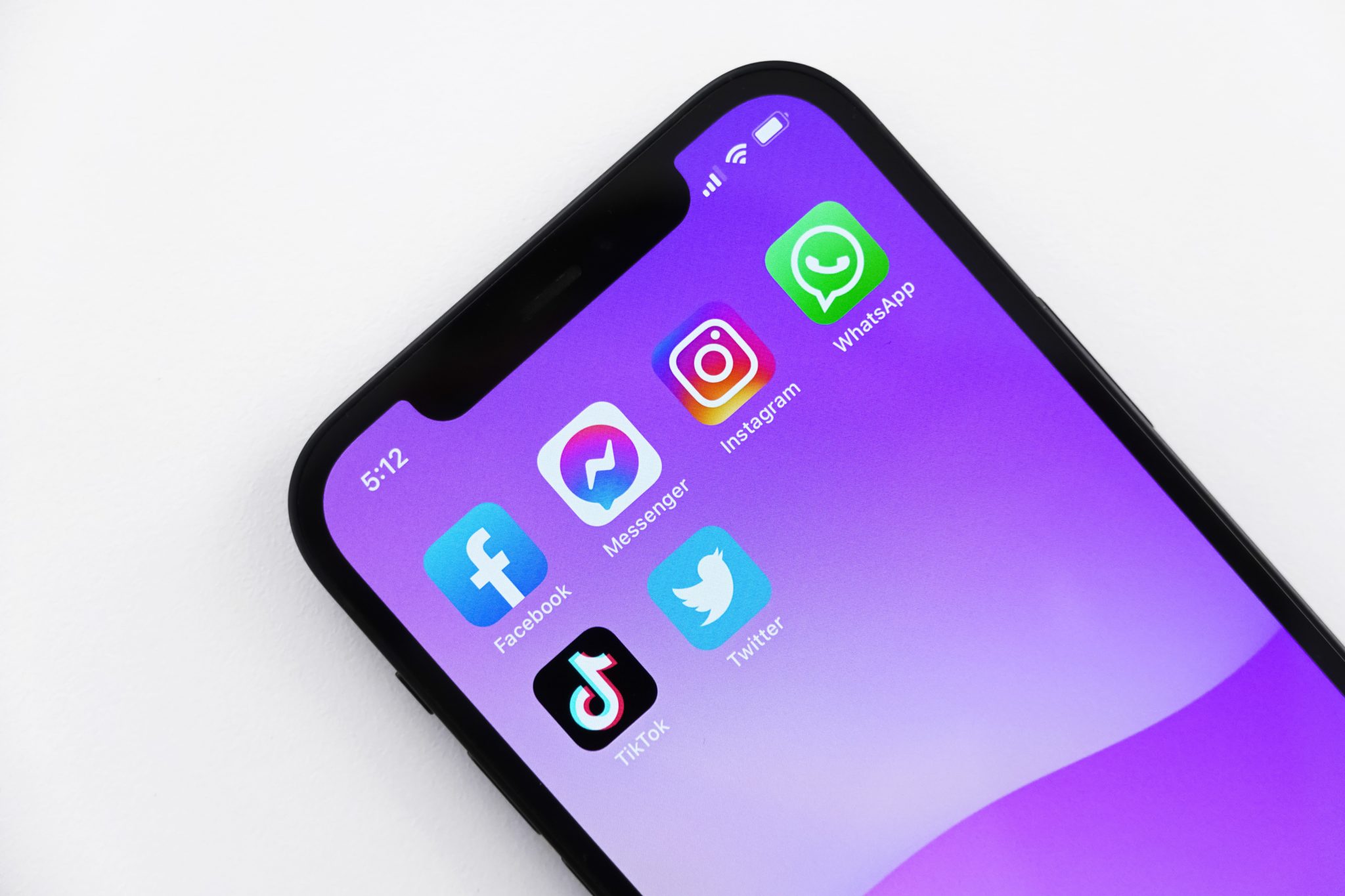In the modern digital ecosystem, marketers have a vast array of social media platform options to choose from. There is a significant supply of social media platforms, offering different benefits and drawbacks to the modern marketer. The strategy for reaching potential customers with social media channels is dependent on the channels themselves, and there are differences in approach for each one.
If you are looking to market with influencers, not all platforms are created equal. Brands focus on various social media platforms in their influencer marketing efforts, to varying results. Whether doing the more standard options, like Instagram or TikTok influencer marketing or focusing on slightly more niche ones like Twitch and Pinterest, brands are often willing to branch out to find relevant influencers.
But not all platforms need to be a part of your influencer marketing strategy. Certain aspects make a platform better for connecting and working with social media influencers than others. If you are going to leverage the reach and authentic connections of content creators, finding the right setting for your outreach is essential. Let’s look at what makes a social platform great for influencer marketing.
Easy Access to Influencers
Influencer marketing is all about cultivating relationships with influencers on social networks. It is about forming important partnerships that are mutually beneficial to the brand and influencer, where the ability of an influencer to connect with a target audience coincides with a brand’s desire for access to that audience. For this relationship to work, a platform must support brands’ desire to connect with these creators at scale.
On a platform like Instagram, this is certainly the case. The search function makes it easy for a brand to find different kinds of influencers, or if you want to rapidly speed and scale up the process, the typical top influencer marketing agency will have a massive database of influencers to choose from. These resources make it much easier for brands to connect and form relationships for their influencer campaigns.
If a social platform doesn’t make it easy to get in touch with influencers, it slows down the entire process. Looking at a platform like Snapchat, it is much harder to connect with influencers on this platform. Knowing follower counts, engagement rates, and other things you can find easily on TikTok or Instagram is extremely difficult on Snap. This makes it quite hard to find suitable influencers.
Large Variety of Different Kinds of Influencers
The thing about social influencers is that they are not one-size-fits-all. Whether potential influencers are good pairings with a brand is dependent on a lot of different things. One of those things is the type of influencer they are. There are multiple different types of influencers, and they are typically defined according to their follower count. Having access to a wide range of influencers will help brands build an influencer campaign that matches their budgetary requirements.
Every platform has different-sized influencers, though. Ranging from a nano-influencer to a celebrity influencer, you can find different types of influencers on any platform. What is also important is finding a range of varying niche influencers. Niche influencers are a major asset to brands because they are considered social media experts in certain fields, which may intersect with the industry the brand’s product is based in.
Not every platform will have a wide range of niche influencers. Instagram, TikTok, and YouTube stand out as platforms with a significant range across niches. A platform that may not have the widest range of niche influencers is Twitch, which, while having a huge host of different content creators across sectors, is primarily used for streaming video game content.
Definable Audiences
One of the critical aspects of an influencer collaboration is the brand-influencer fit. This is defined by the influencer but also heavily defined by their audience. Using the right influencer works for brands because it allows them to reach the right audience. An ideal influencer will have an audience that perfectly aligns with the one a brand is targeting. For example, if a brand is a vegan health food product, the right influencer for them will be a vegan food content creator. This person will have built an audience in the right niche for a brand’s goals.
To know whether a platform works for a brand, you have to be able to define the audience on that platform, for both the influencer and the platform in general. On certain social media platforms, this is easy. On TikTok, the audience skews younger, typically Gen-Z and millennials. It is very clear on most influencers’ pages the type of content they post from a peripheral glance. The same goes for Instagram. LinkedIn and YouTube might have slightly older audiences, but it is still clear off a look who the influencer targets.
Audience analysis is key and is an important component of influencer marketing. On platforms where it is hard to define the audience, it hinders the potential impact of influencer programs. An example of a platform where it is hard to define an influencer’s audience is Snapchat. However, finding the right influencer is attainable on any platform with some hard work.
If you are looking to launch your influencer marketing outreach into the stratosphere, partnering with Influence Hunter can go a long way. Influence Hunter is an influencer marketing firm with years of expertise helping brands launch customized, high-performing campaigns. From development to deployment and after, Influence Hunter is a huge asset for brands seeking to grow their social outreach. Contact us today to find out what we can do for your business.


Comments are closed